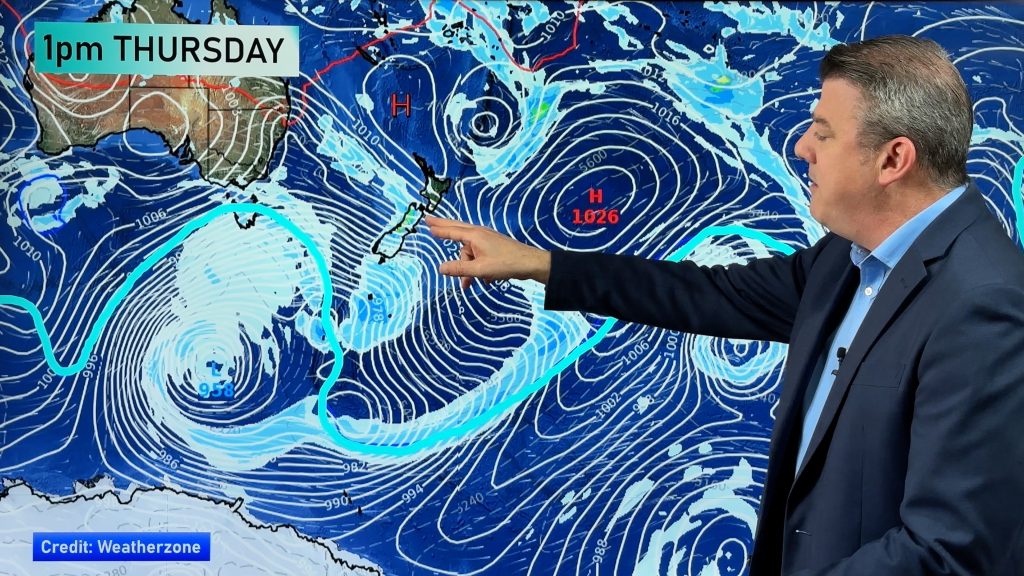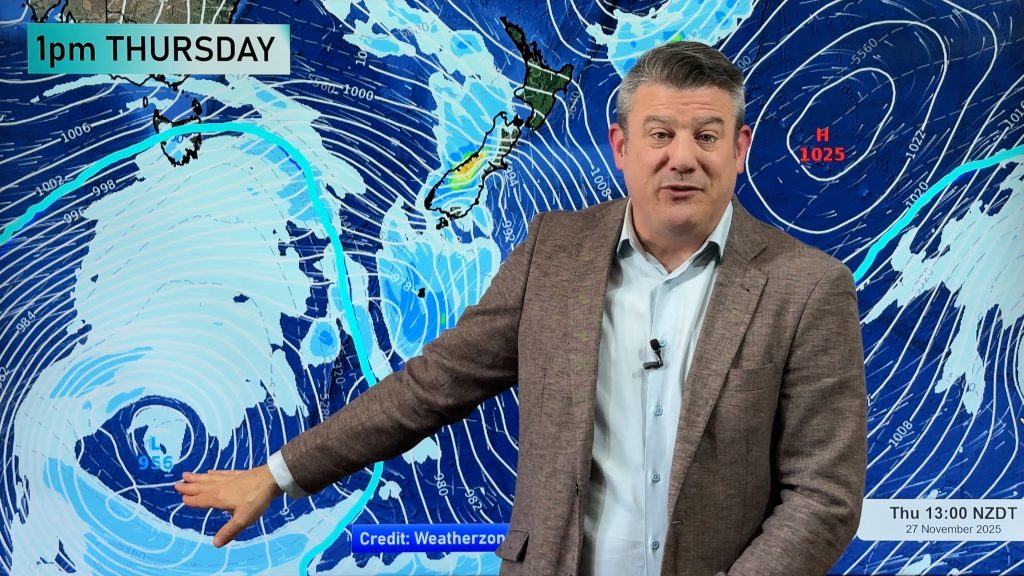
> From the WeatherWatch archives
Message from Air New Zealand’s CEO, Rob Fyfe with regards to the ash cloud and comments from Qantas.
WeatherWatch.co.nz firstly would like reiterate our message from the past 12 days which is that we believe there is no signficant safety risk for flying underneath the ash clouds when the ceiling is at a safe level, as it has been for most of the time since the Chile eruption first began. This opinion is fully backed by New Zealand’s Civil Aviation Authority too. WeatherWatch.co.nz has been asked by numerous journalists over the past two weeks as to why Qantas and JetStar won’t fly. We will not comment on their reasons for not flying except to say we still see no safety issues so long as airlines fly below and around the ash clouds and work closely with Civil Aviation, MetService and BoM meteorologists to ensure safe and accurate routes around those ash clouds.
We commend Air New Zealand and the Civil Aviation Authority for their work over the past two weeks and for continuing to fly passengers and cargo across New Zealand, the Tasman and the world.
– Philip Duncan, Head Weather Analyst, WeatherWatch.co.nz
From Rob Fyfe, Air NZ CEO: I wanted to take the opportunity to thank all those in the Flight Operations teams who worked so hard last week to maintain safe operations across the Air New Zealand network despite the challenges presented by the ash cloud from Mt Puyehue Cordon Caulle in Chile which drifted across Australia, the Tasman Sea and New Zealand. With ash re-entering Australian airspace today, it looks like they once again have a busy time ahead.
Coordinated by our Chief Pilot David Morgan and Bob Fletcher in Operations Support, the Flight Ops teams and Fleet Managers across each of our fleet types and regional airlines have been working together with the New Zealand Civil Aviation Authority, Met Service and Air Traffic Control/Airways New Zealand to undertake a continuous risk assessment, determine the position of the ash cloud and adapt our flight paths and flight levels to ensure we could continue to operate in ash-free air throughout the week. Whenever we perceived a risk that our clear air requirements would be compromised we ceased services, but fortunately this happened on relatively few occasions.
While a number of other airlines in Australasia initially ceased services, as the week progressed all airlines, with the exception of Qantas and Jetstar, were operating on a similar basis as Air New Zealand.
Air New Zealand’s commitment to adapting its services and accepting the cost of a higher fuel burn to fly longer tracks at lower altitude was very well received by customers and increasingly the media began praising Air New Zealand’s approach as the week progressed.
Behind the scenes however we were constantly battling a series of malicious rumours that emerged from the Australian market and fed to media, suggesting that Air New Zealand had six aircraft in the hangar with ash damage, an aircraft grounded in Australia with ash damage and an aircraft requiring a nose cone replacement as a result of ash damage. All these stories were a complete fiction and I was left scratching my head as to where these false rumours were coming from.
Then at the end of the week, Qantas CEO Alan Joyce sent an email to the Qantas’ eight million frequent flyer customers, trying to justify the decision by Qantas to ground many of its aircraft while all other airlines were flying and implying that airlines like Air New Zealand and Virgin Australia were operating unsafely.
What Alan omitted to mention was that it wasn’t just Air New Zealand and Virgin Australia that had managed to adapt their operations to operate safely in clear air, but all airlines apart from Qantas and Jetstar had managed to achieve the vast majority of their operations. What Alan also failed to mention was that Qantas was very happy to transfer thousands of its customers onto Air New Zealand and other airlines’ services, which seems a strange thing to do for your customers if you have concerns about the safety of the airspace.
Given Mt Puyehue Cordon Caulle continues to erupt, we will continue to see ash clouds drift across the region, like we are today, possibly for weeks and/or months to come. Air New Zealand will continue to adopt a similar approach to that we achieved last week, maintaining operations where we are confident we can do so safely without any heightened risk to our aircraft, crew and passengers.
It is also likely that we will see Qantas and Jetstar come under further customer and media pressure if they continue to adopt this strategy of grounding aircraft and it is possible that we will continue to see misinformation and false rumours emerge in the market.
– Rob Fyfe
Comments
Before you add a new comment, take note this story was published on 22 Jun 2011.





Add new comment
Guest on 23/06/2011 12:04am
Very well said Mr Fyfe, very well said!!
Reply